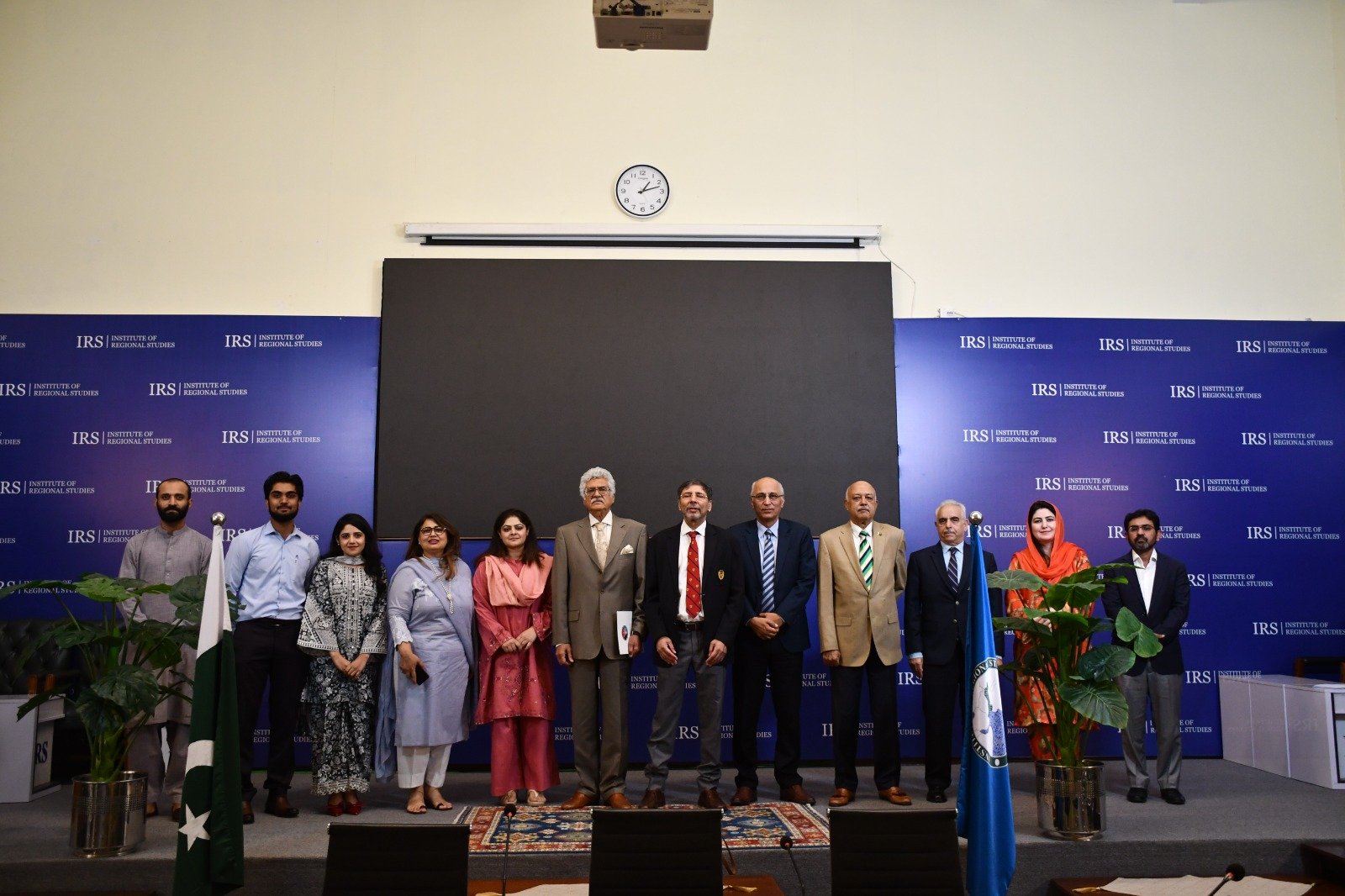Pakistan’s public sector has long been a subject of debate when it comes to its efficiency and effectiveness. The size and structure of government departments have expanded significantly over the years, resulting in bloated bureaucracies, inefficiency, and a growing financial burden on the state. To address these challenges, rightsizing—the process of adjusting the number of employees in line with the needs of the department—has emerged as a crucial reform strategy.
The concept of rightsizing is not merely about reducing headcount. It involves optimizing the workforce by evaluating the skills required, eliminating redundancies, and ensuring that every employee adds value to the organization. In Pakistan, many government departments suffer from excessive staffing levels, leading to a mismatch between the number of employees and the workload. This leads to inefficiencies, delayed services, and increased costs for the state.
One of the key reasons for rightsizing is the financial strain it places on the national exchequer. The government’s resources are limited, and maintaining an oversized workforce requires a significant portion of the budget for salaries and benefits. With fiscal deficits mounting and debt servicing becoming an ever-increasing burden, Pakistan cannot afford to waste public funds on unnecessary positions. Rightsizing offers a pathway to reduce this financial strain, allowing the government to redirect resources toward essential services like education, healthcare, and infrastructure.
Furthermore, rightsizing can improve the performance and morale of the civil service. By focusing on the skills and competencies of employees, government departments can ensure that they are staffed with individuals who are qualified and motivated to deliver results. This can also foster a culture of accountability, as employees will feel more responsible for their work when they know they are part of a streamlined, results-oriented organization.
However, rightsizing cannot be achieved without careful planning and consultation. It requires a thorough evaluation of each department’s functions and a deep understanding of the roles that are critical to its success. It also necessitates the reskilling and upskilling of employees to ensure that they are equipped to meet the demands of modern governance. Moreover, the process should be transparent and fair to prevent any negative impact on workers’ rights.
In conclusion, rightsizing Pakistan’s government departments is a necessary step toward fiscal sustainability, efficiency, and improved public services. By optimizing the workforce, the government can streamline operations, reduce costs, and improve the overall quality of services provided to the public. While challenging, it is a reform that will yield long-term benefits for both the state and its citizens.









